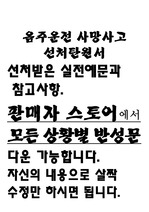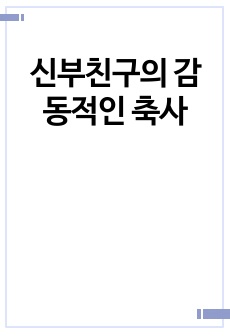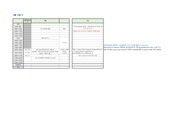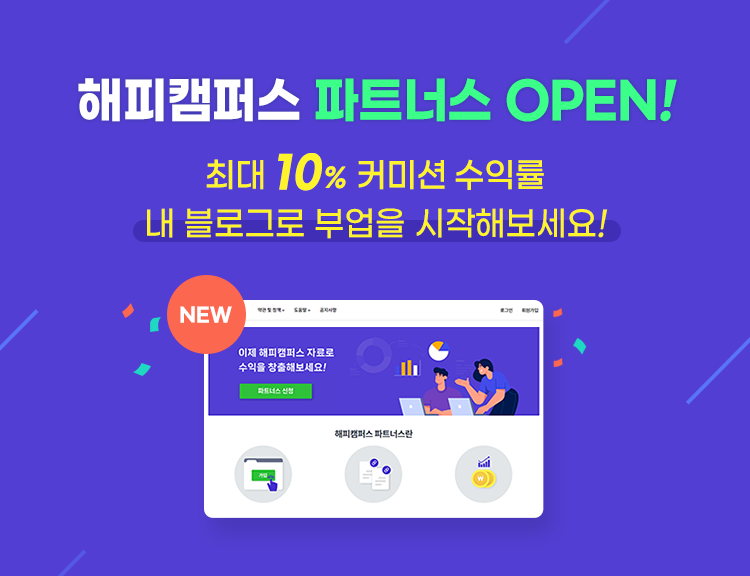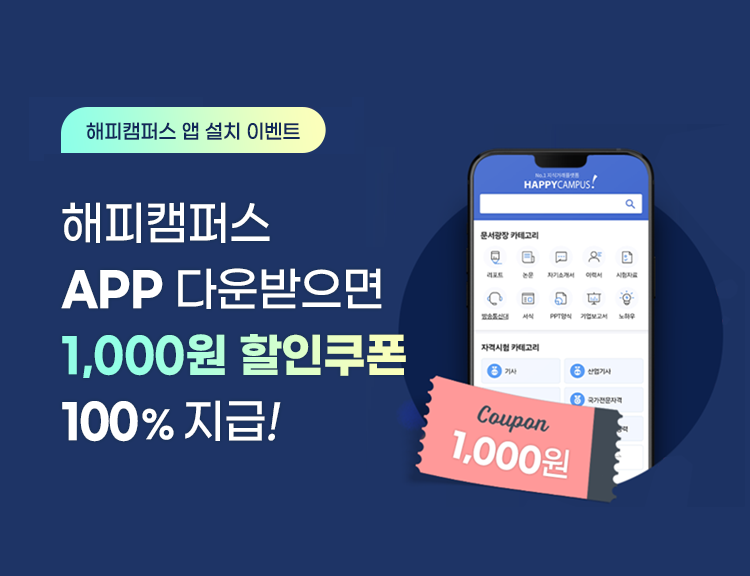자동차 산업 엔지니어링 아웃소싱의 효용성 및 이와 관련 신기술 대비 한국 자동차 부품 업체 전망 분석
leesehwi
다운로드
장바구니
소개글
This dissertation is about outsourcing in the automotive industry, specifically the ways in whichproduct engineering of cars, in particular, is transferred or “outsourced” to suppliers and
specialist providers as well as engineering retained by automobile manufacturers in the UK
and Korea.
목차
1. Introduction2. Research methodology
2.1 Research design
3 Literature Review
3.1 What is outsourcing
3.2 Benefits and risks of outsourcing
3.2.1 Benefits from outsourcing
3.2.1.1 Performance improvement
3.2.1.2 Concentrate on core competencies
3.2.1.3 Cost reduction
3.2.1.4 Risk reduction
3.2.1.5 New skills and knowledge
3.2.2 Risks of outsourcing
3.2.2.1 Loss of control & loss of confidential Information
3.2.2.2 Failure of contractors
3.2.2.3 Transaction costs
3.3 Outsourcing in the automotive industry
3.3.1 Changes over time
3.3.2 Vertical disintegration and modularisation
3.3.3 Modularisation and development of tier structure
3.3.4 Changes of firm’s boundary and relationship
3.4 Engineering outsourcing in automotive industry
3.4.1 Engineering outsourcing in diluted tier structure
3.4.2 Engineering outsourcing from the new type of suppliers: ESP
3.4.3 NPD involvement of FSS and ESP
3.4.4 Benefits and risks of engineering outsourcing
3.5 Engineering outsourcing in Korean automotive industry
3.5.1 Structural integration of the Korean organisation
3.5.2 The relationship between Hyundai & Kia Motors and Korean Suppliers
3.6 Closing remarks: Literature review
4. Results and analysis
4.1 Backgrounds from the responses for data analysis and discussion
4.1.1 The results
4.1.2 Current engineering outsourcing status between OEM X in Korea and OEM Y in the UK
4.1.3 Different working and contract culture
4.2 Engineering outsourcing: comparison between insourcing and outsourcing
4.2.1 Results and data analysis of the pros and cons of engineering outsourcing
4.3 Comparison between FSS and ESP
4.3.1 OEM perspective: Engineering outsourcing
4.3.2 Supplier perspective: Pros and cons of FSS and ESP
4.4 The Korean suppliers in the Korean engineering outsourcing market
5. Discussion
5.1 Engineering outsourcing will be continued
5.2 The ideal form of a supplier in the foreseeable future
5.3 The optimum strategy for FSSs and ESP
5.3.1 Optimum frame for FSSs
5.3.2 The optimum frame for an ESP
5.4 The direction of the Korean suppliers
5.4.1 Optimum frame for the Korean suppliers
5.4.2 Prospect of the Korean suppliers
5.5 Closing remarks: Discussion
6. Conclusion
7. Limitations and recommendation
8. References
9. Bibliograhpy
10. Appendices
본문내용
This research is structured as shown in Figure 1.1. In this dissertation, the research methodology will be exhibited prior to other chapters. In many cases, the importance of the methodology tends to be overlooked, particularly in the social sciences (Kothari, 2004). However, this research will focus on showing the foundation of its concept to explicitly improve its quality (Kothari, 2004). The research methodology chapter consists of the explanation of the fundamental paradigm, approach, methods for data collection and analysis.In the literature review chapter, the definition and knowledge of general outsourcing will be illustrated so that the research is supported by reliable data. In addition to a wide range of approaches, the literature review chapter not only exhibits the fundamental recognition of the automotive industry in terms of development flow from the past to the present but also sub-analyses of engineering outsourcing in the automotive industry.
참고 자료
AVL. (2018). AVL - Development, testing & simulation of powertrain systems. [online] Availableat: <https://www.avl.com/> [Accessed 19 Aug. 2018].
Babjak, Š. and Lešková, A., 2012. Engineering services based on knowledge-intensive solutions
for the automotive industry. Transfer inovácií, 22(2012), pp.138–143.
Barrar, P. and Gervais, R., 2006. Global outsourcing strategies. Hampshire: Gower Publishing, pp.127–139.
Berret, M., Mogge, F., Bodewig, M., Fellhauer, E., Sondermann, C. and Schmidt, M., 2018.
Global Automotive Supplier Study 2018. Munich: Roland Berger., pp.3-80.
Bettis, R.A., Bradley, S.P. and Hamel, G,. 1992. Outsourcing and industrial decline. Academy of Management Perspectives, 6(1), pp.7–22.
Bragg, S.M., 2006. Outsourcing: A guide to... Selecting the correct business unit... Negotiating the contract... Maintaining control of the process. New Jersey: John Wiley & Sons., pp.1-15.
Brenner, W. and Herrmann, A. 2018. An overview of technology, benefits and impact of automated and autonomous driving on the automotive industry. In: Digital Marketplaces Unleashed. Springer: 427-442.
Buzzell, Robert D. 1983. “Is vertical integration profitable?”, Harvard Business Review, 61(1),pp92-102.
Cabigiosu, Anna, Francesco Zirpoli, and Arnaldo Camuffo. 2013. "Modularity, interfaces definition and the integration of external sources of innovation in the automotive industry." Research Policy, 42(3), pp.662-675.
Calabrese, G. and Erbetta, F., 2005. Outsourcing and firm performance: Evidence from Italian automotive suppliers. International Journal of Automotive Technology and Management, 5(4), pp.461-479.
Caputo, M. and Zirpoli, F., 2002. Supplier involvement in automotive component design: outsourcing strategies and supply chain management. International Journal of Technology Management, 23(1–3), pp.129–159.
Chan, C. C., and K. T. Chau. 2001. Modern electric vehicle technology. Oxford University Press on Demand, 47, pp.1
Collins, R., Bechler, K. and Pires, S., 1997. Outsourcing in the automotive industry: from JIT to modular consortia. European Management Journal, 15(5), pp.498–508.
Corbett, M.F., 2004. The outsourcing revolution. Why it makes sense and how to do it right. Chicago: Dearborn Trade Publishing., pp.74-192.
Creswell, J., 2003. Research design. 2nd ed. Thousand Oaks, California: Sage Publications, pp.1–26.
Decrop, Alain, 1999. Traiangulation in qualitative tourism research. Tourism management, 20(1), pp. 157-161.
DiRomualdo, A. and Gurbaxani, V., 1998. Strategic intent for IT outsourcing. UC irvine I.T. in business, pp.1-17.
Dolgui, A. and Proth, J.-M., 2013. Outsourcing: definitions and analysis. International Journal of Production Research, 51(23–24), pp.1-10.
Droge, C., Jayaram, J. and Vickery, S.K., 2004. The effects of internal versus external integration practices on time-based performance and overall firm performance. Journal of Operations Management, 22(6), pp.557–573.
Ehsani, M., Gao, Y., Longo, S. and Ebrahimi, K., 2018. Modern electric, hybrid electric, and fuel cell vehicles. Boca Raton, Florida: CRC Press.
Ettlie, J.E. and Pavlou, P.A., 2006. Technology-based new product development partnerships. Decision Sciences, 37(2), pp.117–147.
Fixson, S.K., Ro, Y. and Liker, J.K., 2005. Modularisation and outsourcing: Who drives whom? A study of generational sequences in the US automotive cockpit industry. International Journal of Automotive Technology and Management, 5(2), pp.166–183.













